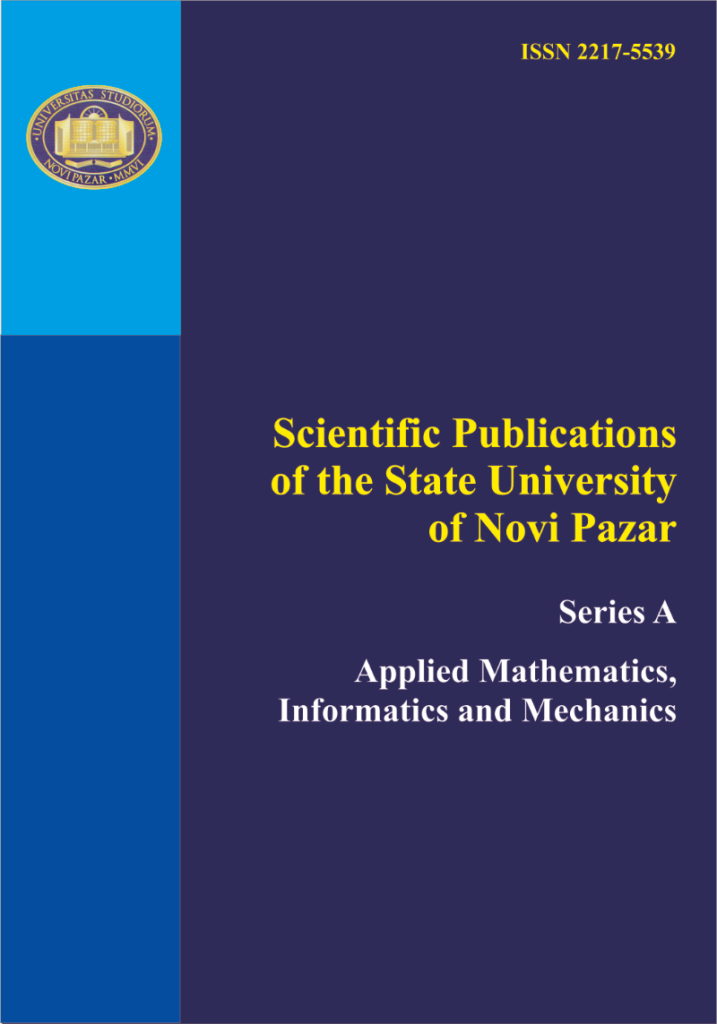
The Statistical Behavior of Dust-related Radio Waves
Authors: K. Rackovic Babic
Keywords: data analysis, modeling, statistics.
Abstract:
Radio and plasma wave instruments in space can detect cosmic dust over a wide range of sizes through impact ionization. Our understanding of dust particle properties can be gained from analyzing such electric pulses. In order to explain how dust particles produce electrical signals, several physical mechanisms have been proposed. Recently, Rackovic Babic et al. (2022) developed a model which takes into account all the effects of charge collection by the spacecraft and electrostatic influence from charges in its vicinity. The authors tested the model’s accuracy using the database specially created for a given purpose. This paper aims to examine the mathematical significance of the obtained results from the fitting method.
References:
[1] J. L. BOUGERET, K. GOETZ,M. L. KAISER,. ET AL., S/WAVES: The Radio and Plasma Wave Investigation on the STEREO Mission Space Science Reviews 136 (2008) 487–528.
[2] D. DJUROVIC, Matematicka obrada astronomskih posmatranja, Univerzitet u Beogradu, Beograd, 1979.
[3] N. MEYER-VERNET, M. MAKSIMOVIC, A. CZECHOWSKI, ET AL., Dust Detection by the Wave Instrument on STEREO: Nanoparticles Picked up by the Solar Wind?, Solar Physics 256 (2009) 463–474.
[4] N. MEYER-VERNET, M. MONCUQUET, K. ISSAUTIER, P. SCHIPPERS, Frequency range of dust detection in space with radio and plasma wave receivers: Theory and application to interplanetary nanodust impacts on Cassini, Journal of Geophysical Research (Space Physics) 122 (2017) 8–22.
[5] K. RACKOVIC BABIC, A. ZASLAVSKY, K. ISSAUTIER, N. MEYER-VERNET, D. ONIC, An analytical model for dust impact voltage signals and its application to STEREO/WAVES data, Astronomy and Astrophysics, A&A 659, A15 (2022)
[6] A. ZASLAVSKY, ET.AL, Interplanetary dust detection by radio antennas: Mass calibration and fluxes measured by STEREO/WAVES, Journal of Geophysical Research (Space Physics) 117 (2012) A05102.
[7] A. ZASLAVSKY, Floating potential perturbations due to micrometeoroid impacts: Theory and application to S/WAVES data, Journal of Geophysical Research (Space Physics) 120 (2015) 855–867.